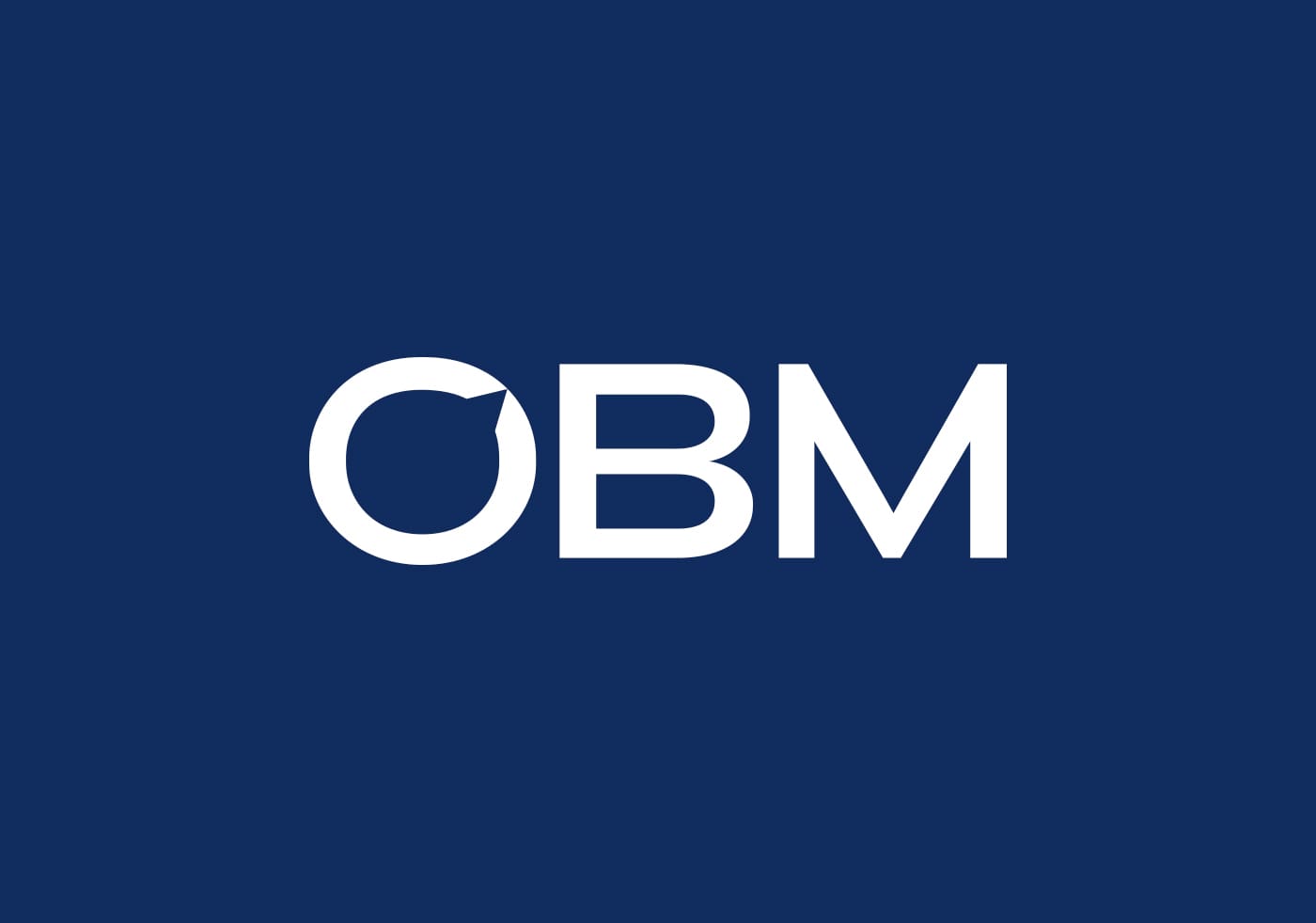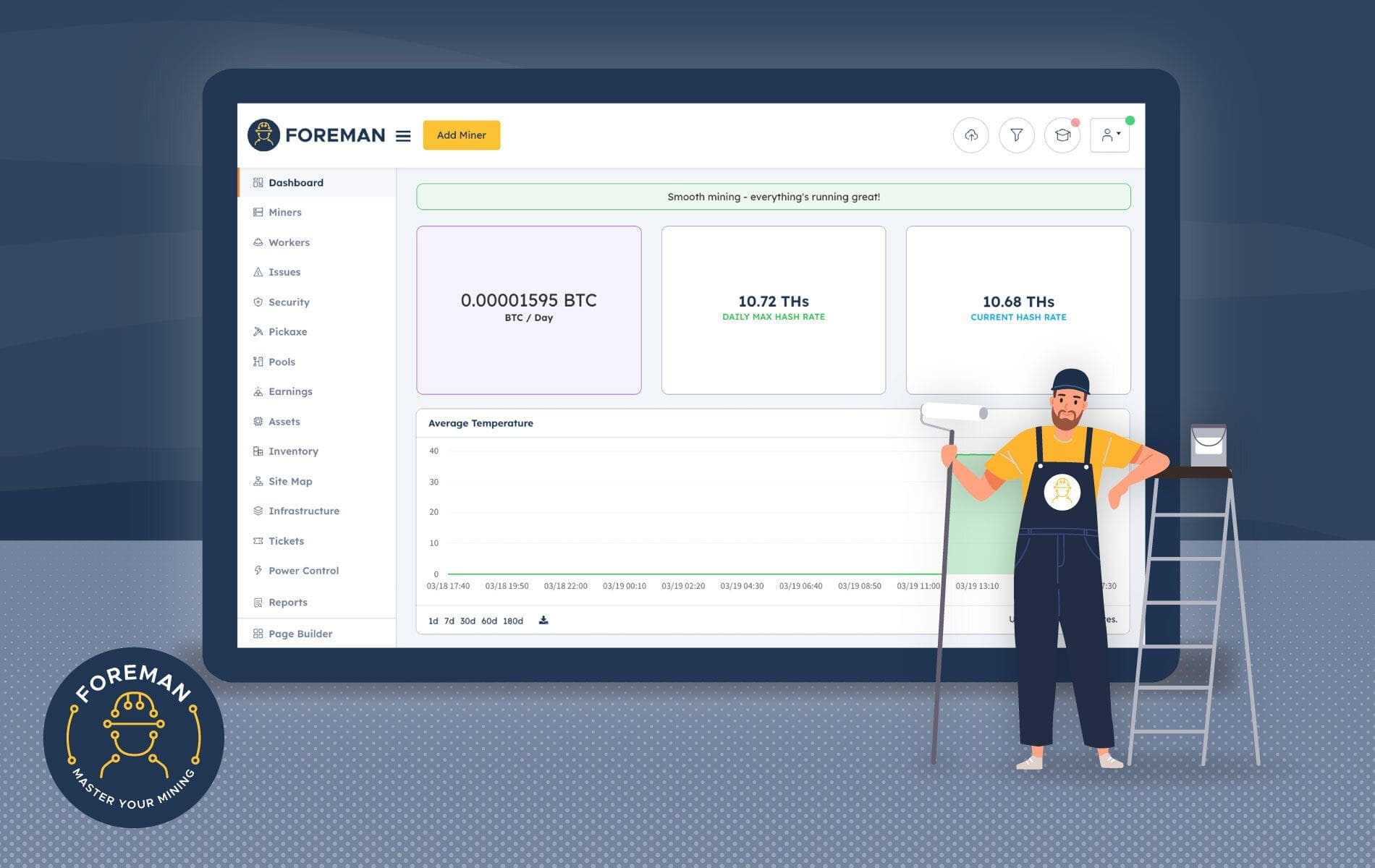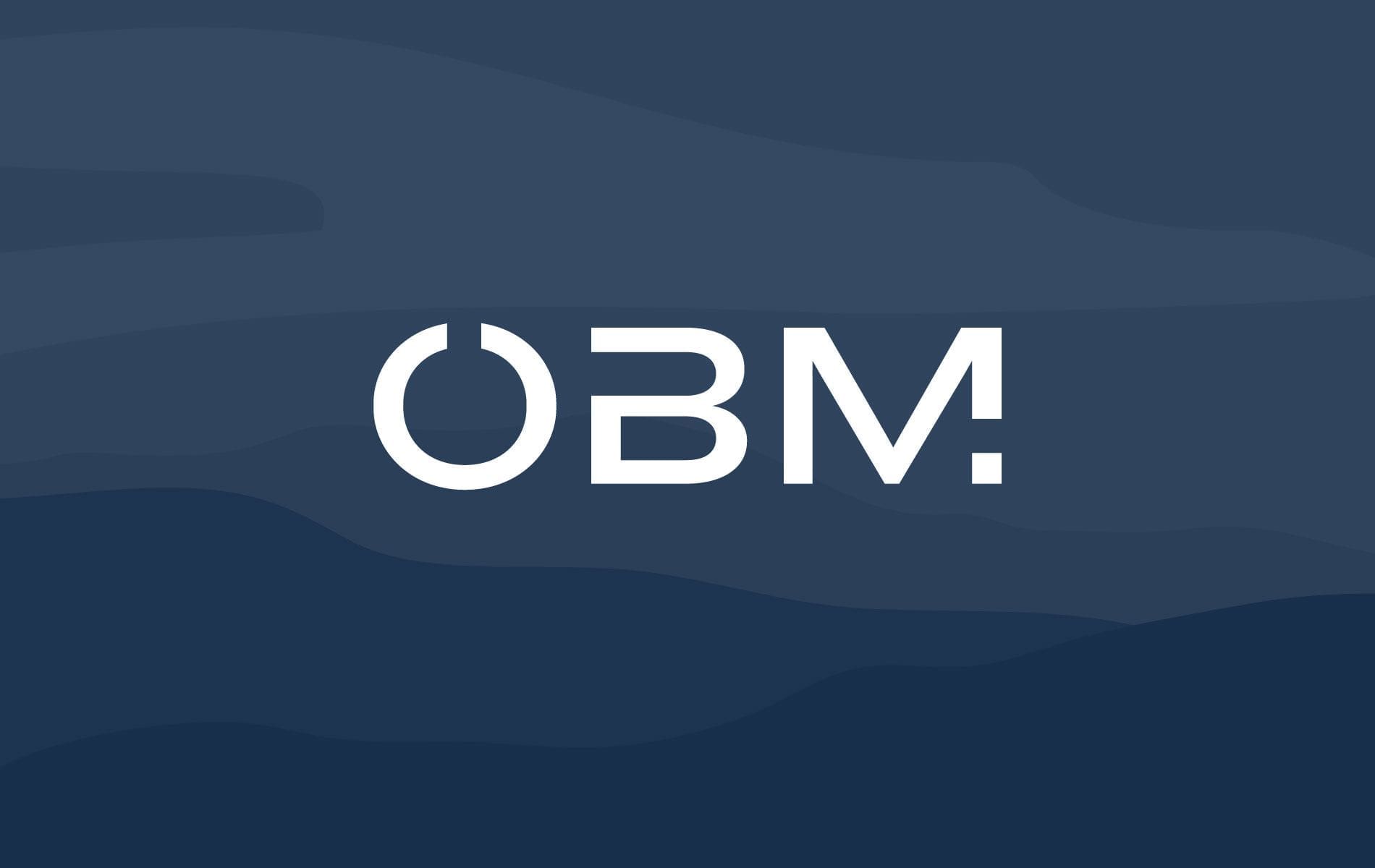- News
OBM, Inc. Announces First-to-Market Solution for Artificial Intelligence Energy Demands

This will be the first product of its kind to deliver flexibility to energy curtailment in the AI space
BALTIMORE, July 17, 2024 – Energy curtailment software provider OBM, Inc. (“OBM”) announced today the launch of a first-to-market product to reduce energy loads for artificial intelligence computing in response to grid conditions. The product, an extension to Foreman, OBM’s large flexible load energy and operational management platform, is the first pause-less energy curtailment software that allows AI compute to work continuously without any computational or uptime interruptions during grid balancing events.
OBM has already curtailed more than 2.5 million megawatt hours – enough to power the average U.S. home for 250,000 years – through its energy optimization software, Foreman. Now, by harnessing Foreman’s powerful curtailment capabilities, OBM is focused on providing an essential function to the AI industry: curtailing energy use without interrupting model training or inference workloads.
AI compute continues to increase energy demands and strain power grids at an exponential rate. For example, AI models such as ChatGPT have a daily power usage that is equal to nearly 180,000 U.S. households, with a single query needing nearly 10 times more electricity than a Google search. These programs’ significant and increasing energy consumption has AI application users across industries in desperate need of a long-term solution. By developing a product that allows for automatic load reduction without interrupting AI processing, OBM is providing an essential service to AI trainers at a critical time for the industry.
During a curtailment event, OBM will be able to deliver more than 80% of the AI load back to the grid. While the AI industry has become exponentially power hungry, OBM’s product enables it to become one of the most impactful grid balancing resources, a title previously awarded to the cryptocurrency mining industry due to its rapid load responsiveness while minimizing end user impact. Foreman can bidirectionally reduce and increase the energy demand of AI workloads within 1 second, bringing unparalleled flexibility to grid frequency balancing efforts.
“OBM will continue to bring flexibility to large energy loads and industries that were previously deemed inflexible,” said Daniel Lawrence, CEO of OBM. “OBM has worked to develop a solution to the heavy burden artificial intelligence computing puts on energy grids, and we are excited to offer this new product to our customers and advance what the industry is capable of.”
OBM is dedicated to empowering the future through energy agility focused products, with roots in the management of large-scale Bitcoin mining where it quickly became the industry standard curtailment platform. To date, Foreman has saved its customers over $66 million dollars through effective energy management.
“We are proud to launch this first-to-market AI computing energy curtailment software that will reduce energy loads and support a renewable-focused future,” said Jeremy Ellis, Director of Power Strategies at OBM. “Not only will this product reduce energy costs for compute-focused hyperscalers, but it will ensure a more sustainable long-term use of AI training products that don’t add unnecessary stress to energy grids.”
Subscribe to OBM’s Blog
More from OBM

Turning Power Into Profit: How to Operationalize Revenue Opportunities with Confidence

Your Power Strategy, Simplified: Meet the New Power Control UI

How to Prepare for Summer Volatility Riding Real-Time Index Pricing





